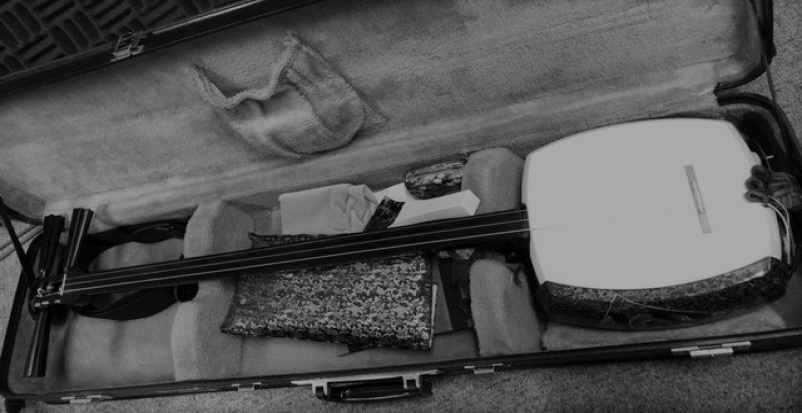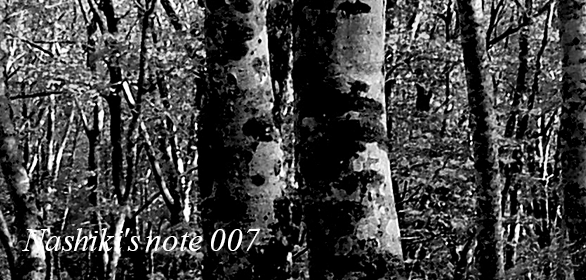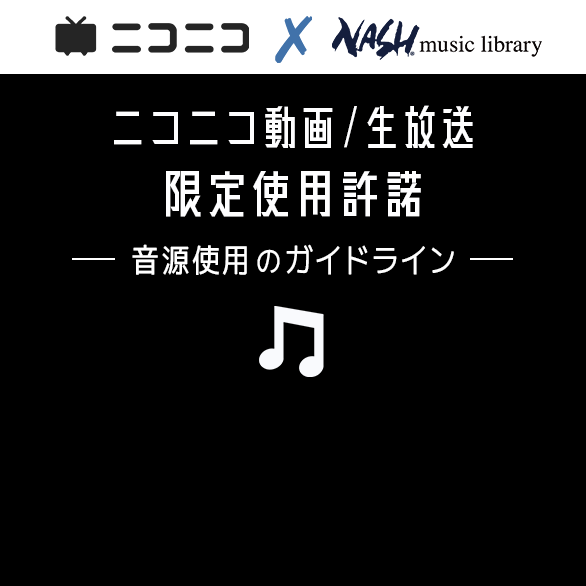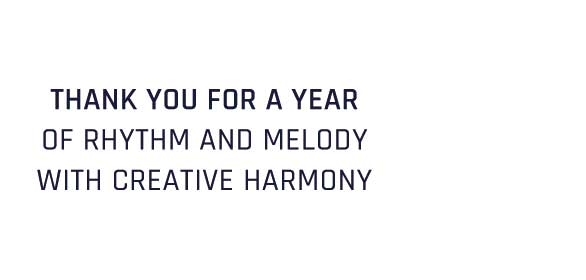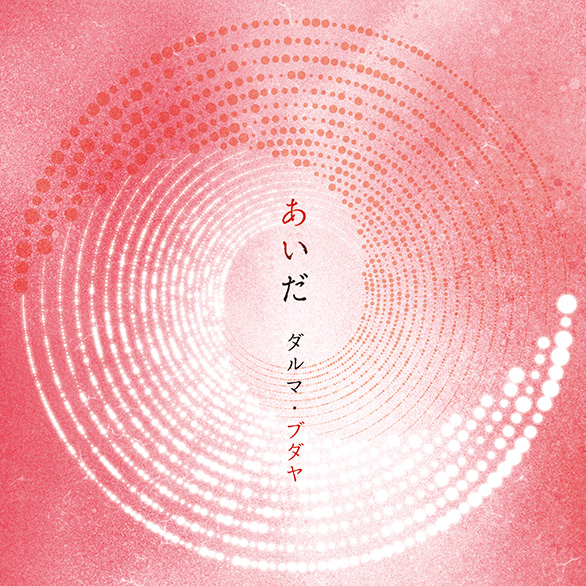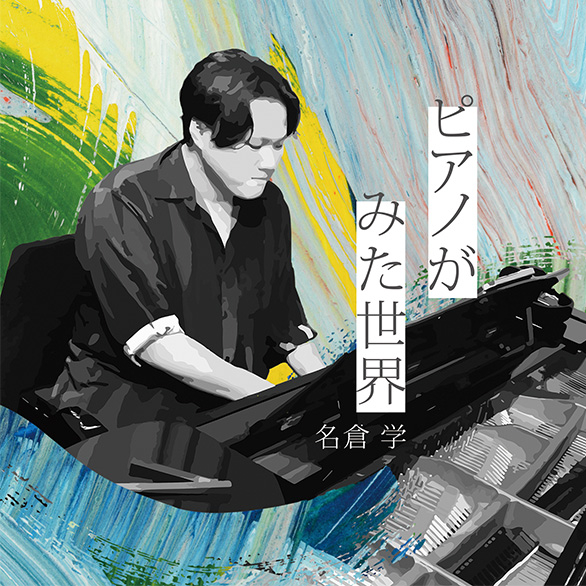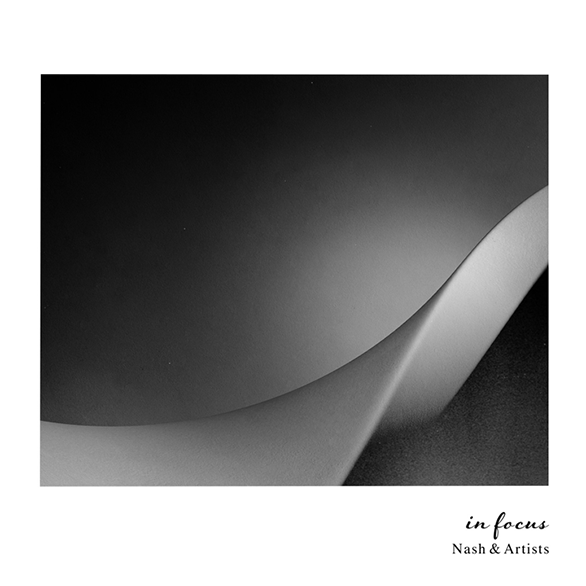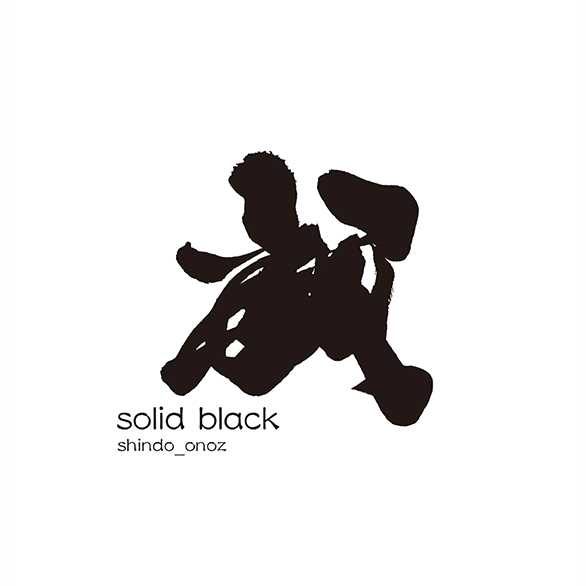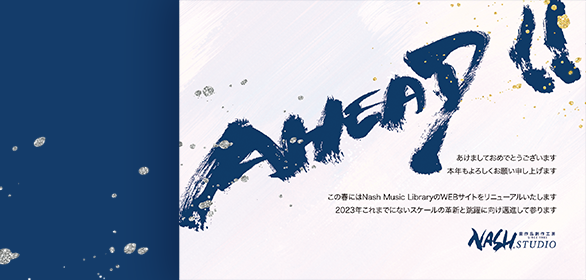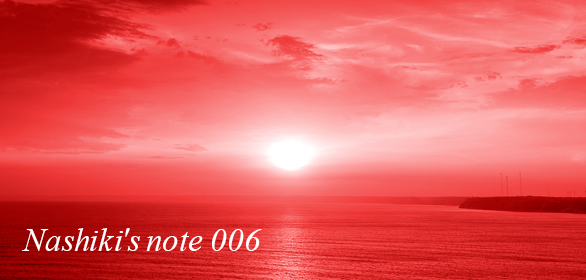In recording "NSR-490 Wild Japan," one of our 2019 albums, we consulted Hiroshi Kubo, the master of the Tsugaru shamisen, which is the best-known shamisen music genre originating from Aomori Prefecture. We aimed to capture the standard Tsugaru shamisen performances with Kubo's richly nuanced rendition of the three-stringed classical instrument. As we recorded the tunes, Kubo verified the Tsugaru melodies upon our request while demonstrating various techniques to corroborate its uniqueness.
今回の録音のテーマは漁師歌、三味線奏者久保比呂志さんによる津軽三味線の古典的な奏法を贅沢に収録中。録音の合間、久保さんに三味線について色々と興味深いお話を聞かせていただいております。 pic.twitter.com/tiC20l5yo6
— 音作品創作工房 ナッシュスタジオ (@nashstudio) November 30, 2018
Kubo has an unusual background as a shamisen player. He was impressed by Takahashi Chikuzan's rendition of the classic piece "Tsugaru Jongara Bushi." Inspired by Takahashi, who popularized the Tsugaru shamisen throughout Japan, Kubo, then a music college student, aspired to become a Tsugaru shamisen player himself, even though he was a pianist studying in the Composition Department at the time. He then studied under Tanaka Chikuzan, an authorized successor of the Chikuzan-Bushi shamisen school.
During the session, I talked with Kubo about various topics related to the shamisen and his style.
The shamisen is popular overseas.
Kubo: The shamisen's pentatonic scale melodies are pretty universal and they're used in many different styles of music worldwide, which may help foreigners get into shamisen music. The instrument is specifically designed for the pentatonic scale of D, F, G, A, and C to sound solid and impactful, with its "thumping" sound!
It certainly has a unique sound that draws you in straight away.
Kubo: When you pluck the strings, the sound just bounces from the body's leather surface, going "plunk, plunk, plunk." There's no hole like there is on a guitar, so the sound doesn't resonate inside the body. I'd call it a "naked" sound because it isn't encased in anything. It has a bit of embarrassing sound (laugh), so some people prefer the more elegant and refined nagauta (another traditional type of samisen music that accompanies kabuki theater) to the noisiness of Tsugaru samisen music. The aggressive sound of the Tsugaru shamisen is something that you either love or hate, pretty much.
The shamisen sounds unique, even among other traditional Japanese instruments. Some say it's the Japanese equivalent of a banjo. Still, I cannot think of another musical instrument that sounds like the shamisen, while you can find sound similarities between flute and shakuhachi, harp and koto, etc.
Kubo: So, if you play a classical, jazz, or chanson melody or any other Western musical phrases on the shamisen, it sounds funny, and makes you laugh. When put in a usual ensemble, the shamisen doesn't really sit well (laugh), as if there's a traditional Japanese folk singer among opera singers. It's just so different.
Indeed, you don't often come across shamisen performances in ensembles other than compositions that consist primarily of Japanese instruments. You've been working with Japanese flute player, Korei Deguchi, and multi-Japanese-instrumentalist, Keita Orimoto, who have also both participated in many Nash Studio projects.
Kubo: I played with Deguchi just the other day, performing "right next" to the Great Buddha in Nara. He plays in a wide variety of bands and jazz, rock, fusion, and other ensembles. He's also a versatile artist who plays various Japanese instruments and organizes collaborative events between traditional instrumentalists. (Kubo is a member of "MAHORA Japan" - Deguchi's Gagaku (Japanese classical imperial court music) ensemble based in Nara prefecture: https://mahora-japan.com/)
I always thought of the shamisen as a solo instrument rather than part of an ensemble because it carries such a solitary image for some reason.
Kubo: Nitabō, the founder of the Tsugaru shamisen, said, "Even a monkey can imitate a person." Well, the tuning pattern of the Tsugaru shamisen is up to you - it's free and open. The player is supposed to pursue their own vision and do something different from other players. Also, you play a minimal range of melodies by yourself, but, then, to tell you the truth, I still get stage fright when I do a solo concert.
Does that really happen to an experienced player like you? How so?
Kubo: I worry over silences (laughs). You've got to be really good at talking and storytelling to fill in the spaces. In that respect, Takahashi Chikuzan was a terrific entertainer, even as a talker between his performances.
He knew how to make people laugh, and they applauded him for his talks on stage. I wish I understood his Tsugaru dialect (a Japanese dialect spoken in western Aomori, which is so unlike standard Japanese that it's notoriously difficult for non-natives to understand).
Kubo: Also, although we play within different music genres, I find bluesmen mentally and musically very close to Tsugaru shamisen players. I feel a sort of kinship with them. By the way, not many people seem to know this, but the shamisen has its roots here in Osaka.
Oh, really?
Kubo: It is said that the predecessor of the shamisen was brought from Okinawa to Sakai, Osaka, and then an Osakan biwa (a traditional Japanese wooden lute) maker tweaked it into what we now know as the shamisen. They could not find many snakes in Osaka, so they used cats for the skin that covered the bodies.
(*Apparently, the Ryukyu trade at the end of the 16th century first introduced the shamisen to Japan's mainland. The "Yodo" shamisen that Toyotomi Hideyoshi (a Japanese samurai and feudal lord of the late Sengoku period, the second "Great Unifier" of Japan) had made for his second wife, Yododono, still exists with a shape and structure that is not unlike today's shamisen.)
Tunes with Kubo's Performances on this Session
In a single-day session alone, Kubo played us a total of five shamisen pieces. "I learned a lot from this, and it has improved me, so kindly invite me to play again," he said. We thank him again for his fantastic performances and the lovely conversations we had on that day.
Daisuke Muraoka (Overseas Sales / Production Staff)

